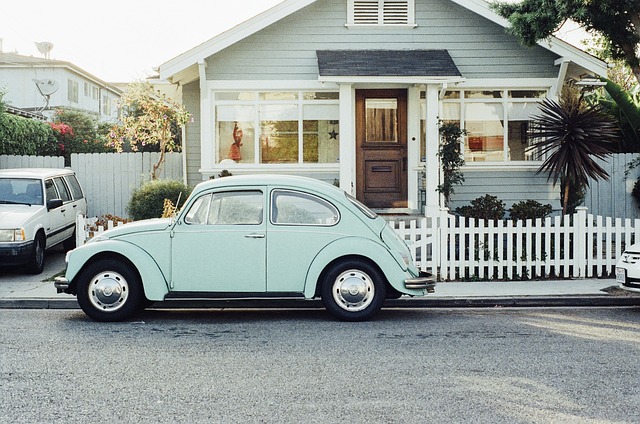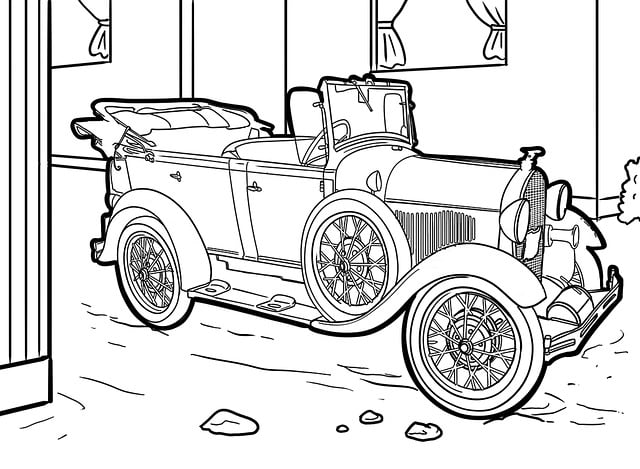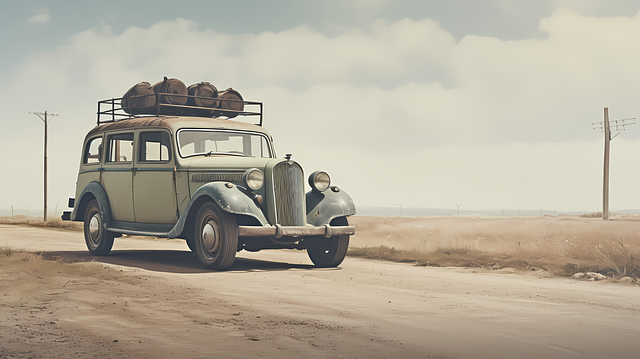Classic car owners must weigh enclosed vs open transport options based on their vehicle's value and condition. Enclosed services offer superior weatherproofing, security, and handling for precious classics, while open transport is more cost-effective but exposes vehicles to environmental damage and lower security. Choosing the right method is crucial to preserving classic cars' condition during transit, with factors like reputation, experience, and insurance coverage playing a key role in selecting a suitable service.
“When it comes to transporting your classic car, understanding the options is crucial. This article delves into the world of enclosed and open car transport services, two distinct methods with unique advantages and disadvantages.
We’ll explore how these differences impact the safety and visibility of your beloved classic car during transit, guiding you in making an informed decision for the best ‘Classic Car Transport’ service tailored to your needs.”
- Understanding Enclosed and Open Car Transport: The Basics
- Advantages and Disadvantages of Each Transport Method
- Choosing the Right Car Transport Service for Your Classic Car
Understanding Enclosed and Open Car Transport: The Basics

Enclosed and open car transport services are two distinct methods for moving vehicles, each with its own set of advantages and use cases. When it comes to classic car transport, understanding these differences is crucial. Enclosed transport refers to securing a vehicle within a sealed container or trailer, offering complete protection from the elements and potential damages during transit. This method is ideal for valuable or antique cars that require extra care and are often vulnerable to scratches or weather conditions.
Open transport, on the other hand, involves carrying vehicles on flatbeds or open trailers without any physical barriers. While it provides less protection against environmental factors, it’s more cost-effective and suitable for less precious cars or those that don’t have any special requirements. For classic car enthusiasts, enclosed transport ensures their cherished vehicles arrive in pristine condition, making it a preferred choice for high-end or rare models.
Advantages and Disadvantages of Each Transport Method

Advantages and Disadvantages of Enclosed vs Open Car Transport Services
Enclosed car transport offers several benefits, particularly for classic cars or vehicles with delicate finishes. It protects against harsh weather conditions, reducing the risk of damage from rain, snow, or sun exposure during transit. This method also shields vehicles from debris and road grime, ensuring they arrive in as-new condition. Moreover, enclosed carriers often provide a more secure environment, minimizing the chances of theft or vandalism, which is especially important for valuable classic cars.
In contrast, open transport services are more cost-effective and offer greater visibility to your vehicle during transportation. They are ideal for less valuable or non-classic cars where aesthetics aren’t the primary concern. However, open carriers expose vehicles to the elements, increasing the potential for paint damage, rust, or other cosmetic issues. Additionally, they may not provide the same level of security as enclosed transports, making them more vulnerable to theft or vandalism.
Choosing the Right Car Transport Service for Your Classic Car

When it comes to transporting your classic car, choosing the right service is paramount to ensure its safety and pristine condition. Two primary options stand out: enclosed and open transport. Enclosed carriers provide a secure, weatherproof environment, ideal for protecting delicate classics from harsh elements during transit. These vehicles are fully shielded, reducing the risk of dings, scratches, or more significant damage caused by debris or other vehicles. Open transport, on the other hand, exposes your classic car to the elements but offers cost savings and faster delivery times. It’s a trade-off between potential cosmetic risks and affordability.
For precious vintage autos, enclosed Classic Car Transport is often the preferred choice. It guarantees a careful handling process and minimal exposure to road conditions, ensuring your vehicle arrives in the same exceptional condition it left you. When selecting a transport service, consider factors like reputation, experience with classic cars, and insurance coverage to make an informed decision that mirrors the value of your prized possession.
When it comes to transporting your classic car, understanding the differences between enclosed and open transport services is key. Both methods have their unique advantages and disadvantages, catering to various needs for classic car owners. Enclosed transport provides maximum protection against the elements and potential damage from other vehicles, ideal for valuable or fragile classics. Open transport, while offering a more cost-effective solution, exposes your vehicle to external factors but still ensures a safe journey. By weighing these options and considering factors like weather conditions, budget, and your classic car’s condition, you can make an informed decision to choose the best transport service for a smooth and secure trip.
